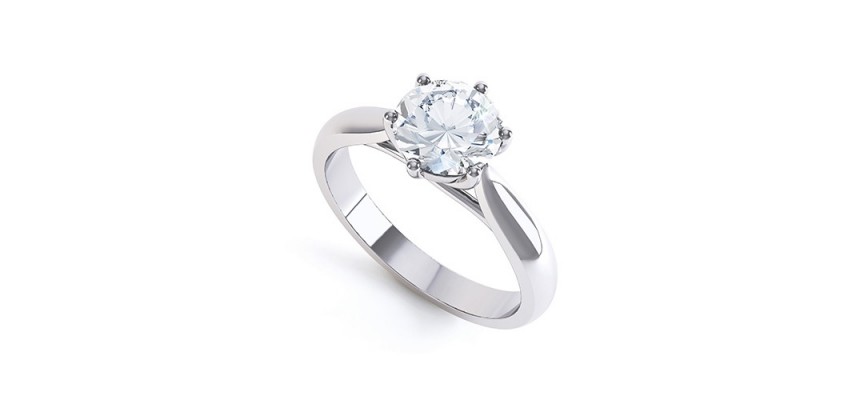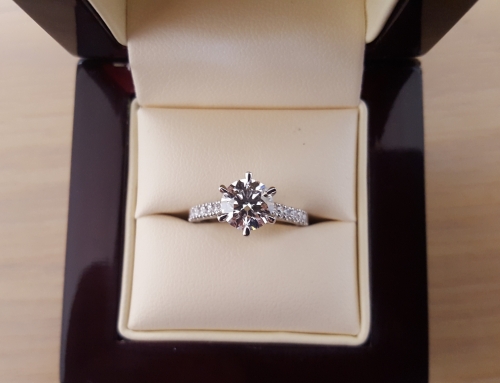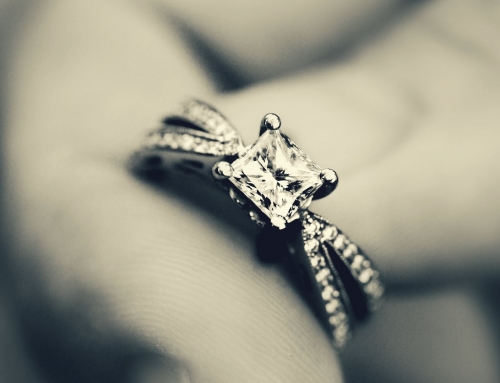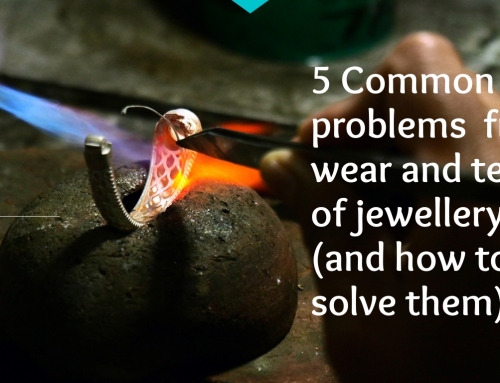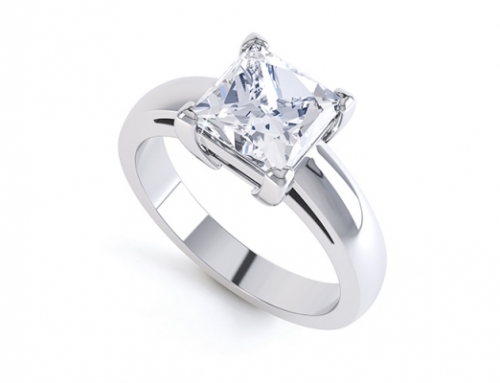Looking for a diamond? Are you overwhelmed by the sales pitches of sales people and the jargon of the 4C’s of grading a diamond? Here is a true to life experience of how I helped my customer select the right stone for themselves and walk away happy.
I was recently approached by a customer who said that she was on the market for either a diamond ring or diamond studs and was unable to decide which to go for. After some broad-ranging generic questions, I was able to determine that she was genuine and not just out to look around.
Why do you want a diamond?
The first thing I asked her was: why do you want a diamond (ring or studs)? The customer was a middle-aged lady who obviously had a been through the challenges of juggling marriage, family, raising children and career. She now had some surplus money and she told me that she always wanted to treat herself to a nice diamond. But never ever had the savings or the opportunity to spoil herself. And now that she was able to spoil herself, she was not able to decide. Her budget was approximately $8,000. Not small change, but the fact was, if she decided to go for a top-grade diamond she would need to compromise on its size; and vice versa if she decided to go for a large size stone. In an ideal world, if she was able to spend say, $15,000 that would achieve both goals – size and quality. But there is never an ideal world scenario.
Diamond ring or studs?
By this stage, I had asked sufficient probing questions to ascertain that the size of diamond was important for her over colour and clarity, but she also wanted a ‘higher colour’ (colourless) diamond. The suggestion that I made to her was that she should consider a solitaire diamond ring, instead of studs.
I put forward two reasons to back my suggestion:
- With diamond studs, she will not be able to see herself wearing and enjoying them. Sure, diamond studs look beautiful, but only other people will view them. And they would need to be pretty large for anyone to stand up and take notice. That means, investing in a large pair of diamonds and possibly stretching her budget or compromising on quality.With a diamond ring, she can enjoy wearing and admiring it on her finger. She could always get a pair of medium sized studs to back up the ring at a reasonable price some point in the future.
- Secondly, it makes more sense to pool all your money into one large diamond as opposed to two smaller ones. Diamonds are limited resource, and in this day and age of people wearing large synthetic diamonds, her beautiful diamond will hold its value in time to come.
Size, Colour and Clarity
I had determined that her budget was $8,000; she preferred a larger stone but still wanted a good-looking colourless diamond as well. She was not much into technical jargon in terms of colour and clarity grades. Hence, I had decided to keep the discussion very simple. I offered her 3 Round Brilliant Cut (RBC) diamonds and all prices given below are for the diamond made up into an 18ct white gold, 6-claw solitaire ring:
- RBC, 0.80 F colour, SI2 clarity, laser inscribed, GIA certificate $7,990.00
- RBC, 1.01ct F colour, SI2 clarity, laser inscribed, IGI certificate, $9,770.00
- RBC, 1.15ct E colour, SI clarity, laser inscribed, IGI certificate, $12,850.00
(Disclaimer: the prices, size and quality options quoted above are true to life but valid at the time of presentation to the customer. Prices are subject to change over time for a range of reasons including supply, demand and exchange rates.)
The technical stuff
I had personally carefully inspected the diamonds. While they were certified SI2 clarity grades, they were all what I term – “good SI2’s”. Meaning that none had any ugly inclusions which detracted from the overall beauty of the diamond to the naked eye. Their inclusions were internal to the stone and no major inclusions leading towards the girdle that pose a potential risk of chipping the stone with strong impact.
There are independent diamond grading bodies who will over inflate colour and clarity grades so a P1 or P2 will get an SI2 or SI2- respectively; or a G or H colour will get an F colour. And this is done because in the present market, customers make buying decisions solely on the basis of a certificate, not the diamond. Certificates sell. Personally, I believe that there is an onus on sales people to educate and explain accurately and genuinely to the customer. That objective information always helps build trust and relationships long term. However, employers place enormous pressure on their staff to sell and staff may or may not have adequate training and knowledge, hence, certificates serve the role of independent authentication – “don’t take my word for it, look at the certificate”. A case of blind leading the blind!
Furthermore, all three stones were a nice colourless grade – E or F, and the IGI certification was perfect as well (GIA graded diamonds are more expensive). I personally do not go for any EGL certificates but every other diamond grading body – HRD, IGI or GIA are well respected and equally at par.
Finally, all three stones had a nice large spread and that works wonders to the naked eye because it makes the stones look bigger than they are once set into the ring. And finally, but equally importantly, I trust my eyes. I look at the stones under my 10x loupe but also just with my eyes like every other customer. And I know which one works wonders to my eyes. It is as simple as that.
Decisions, decisions…
When the time came, I presented the three options to my customer. And she loved the biggest one but ruled that out because it was quite beyond her budget. The smallest one was within her budget but she loved the 1.01ct diamond because it actually gave the look of a 1.15ct diamond once set into the ring!
However, the fact is, if she would have gone for the 0.80ct diamond, that would have been an equally fine decision because it looked like a 1ct on her finger! But those are very personal choices. Each customer will view a diamond and its perceived value differently.
Finally, she asked me one question, do they get this in a “D-colour”? I said to her, if you want a D-colour, I can get that for you. But, the price will be significantly higher, and remember, colour does not determine sparkle in the diamond. I have seen D colour diamonds that look dull and lifeless; and an H colour diamond that has amazing sparkle. So the physical difference between a D, E and F colour is so negligible to the naked eye that one would struggle to tell the difference. But the price differential is huge because of the rarity of supply factor.
So, there you have it. Another happy customer. In the end, it is the genuine, objective advice, the personalised attention and involving the customer in examining the diamonds and making that choice that helps. They walk away with a real feeling of pride and ownership in that piece of diamond.
This is a painstaking and time-consuming process… choosing the right diamond. Of course, one does need a genuine customer to start with as well… but that is a totally different story for another time!

